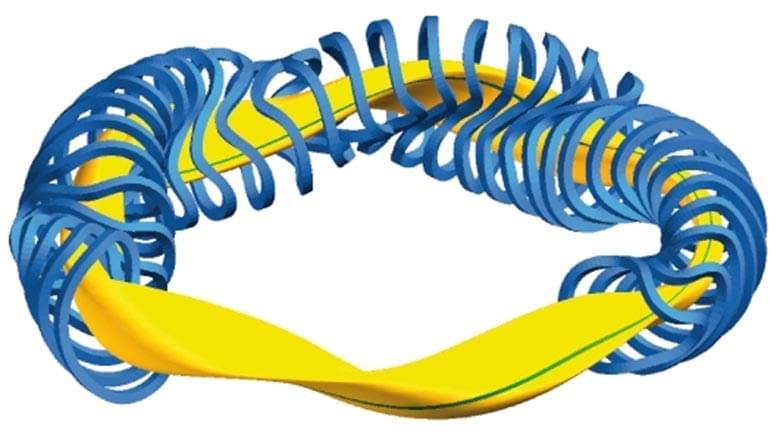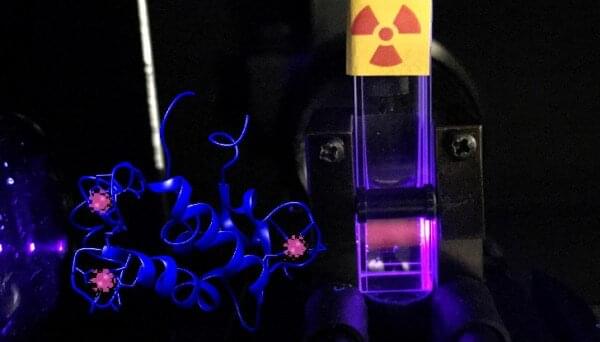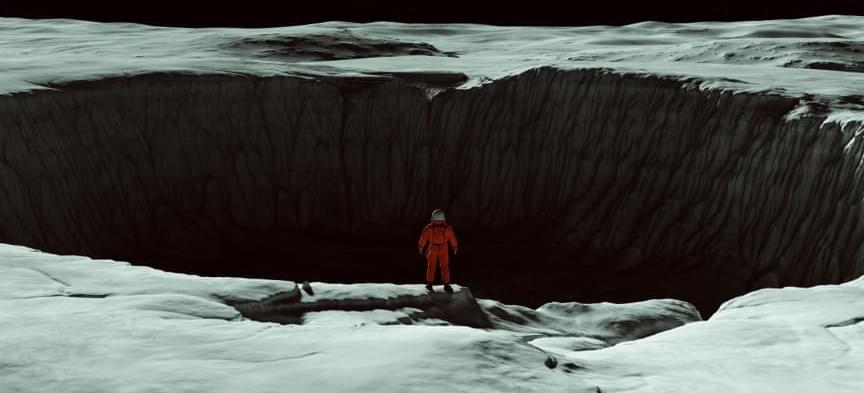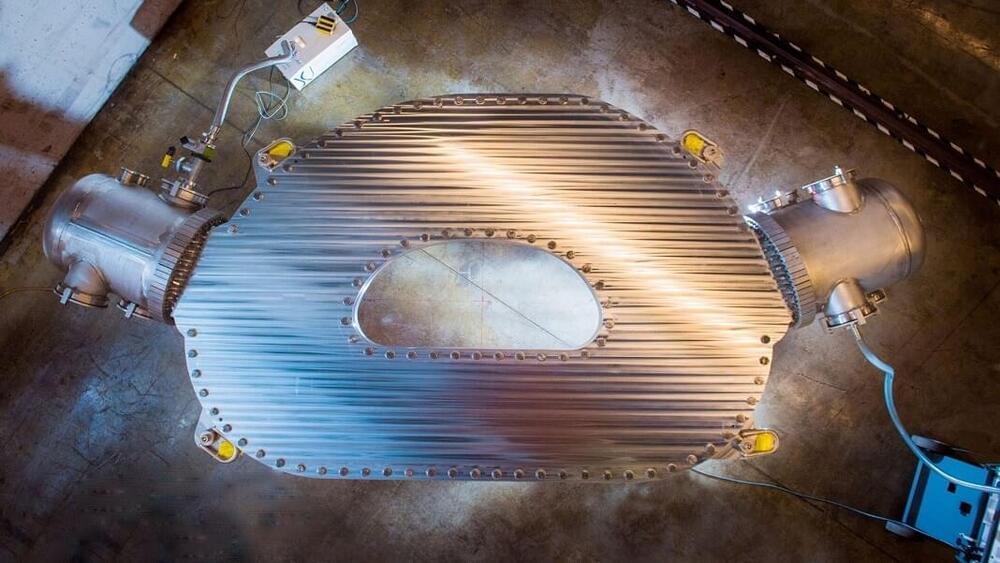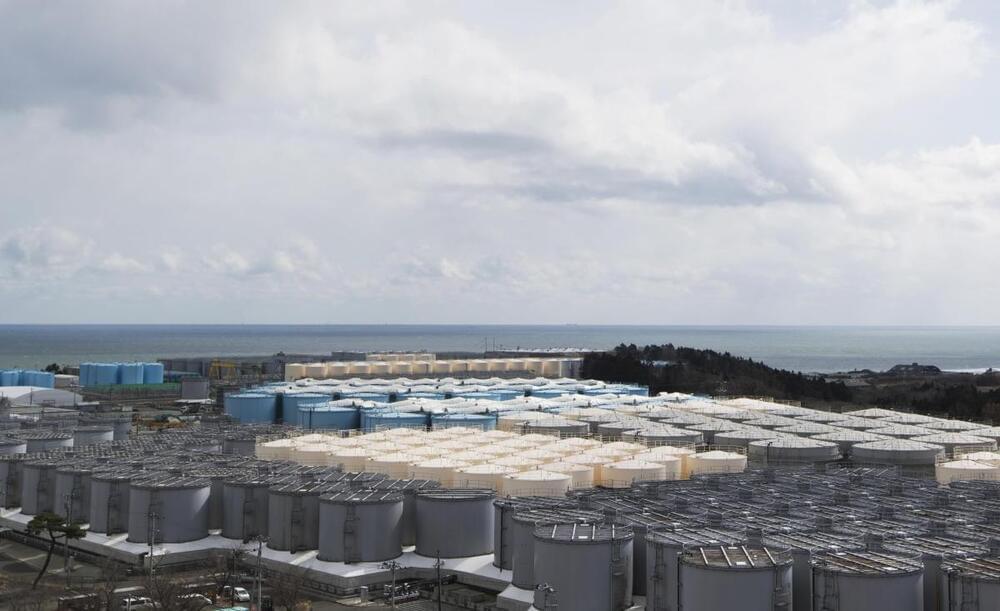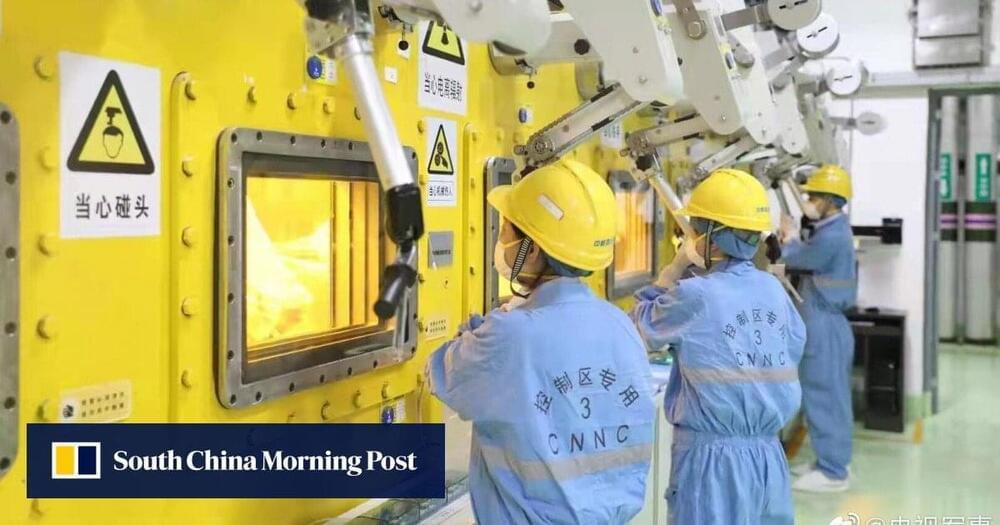Claim your SPECIAL OFFER for MagellanTV here: https://try.magellantv.com/sabinehossenfelder. Start your free trial TODAY so you can watch The Story of Energy about how super-important energy is to human civilization, and the rest of MagellanTV’s science collection: https://www.magellantv.com/series/order-and-disorder-the-for…-energy-4k.
How close is nuclear fusion to break-even? If you trust the headlines we’re getting close and the international project ITER is going to be the first to produce energy from fusion power. But not so fast. Scientists have, accidentally or deliberately, come to use a very misleading quantity to measure their progress. Unfortunately we’re much farther away from generating fusion power than the headlines suggest.
Phillip Ball’s article in the Guardian is here:
https://www.theguardian.com/environment/2019/oct/27/nuclear-…is-johnson.
The one in Science Magazine is here:
https://www.science.org/lookup/doi/10.1126/science.350.6264.

